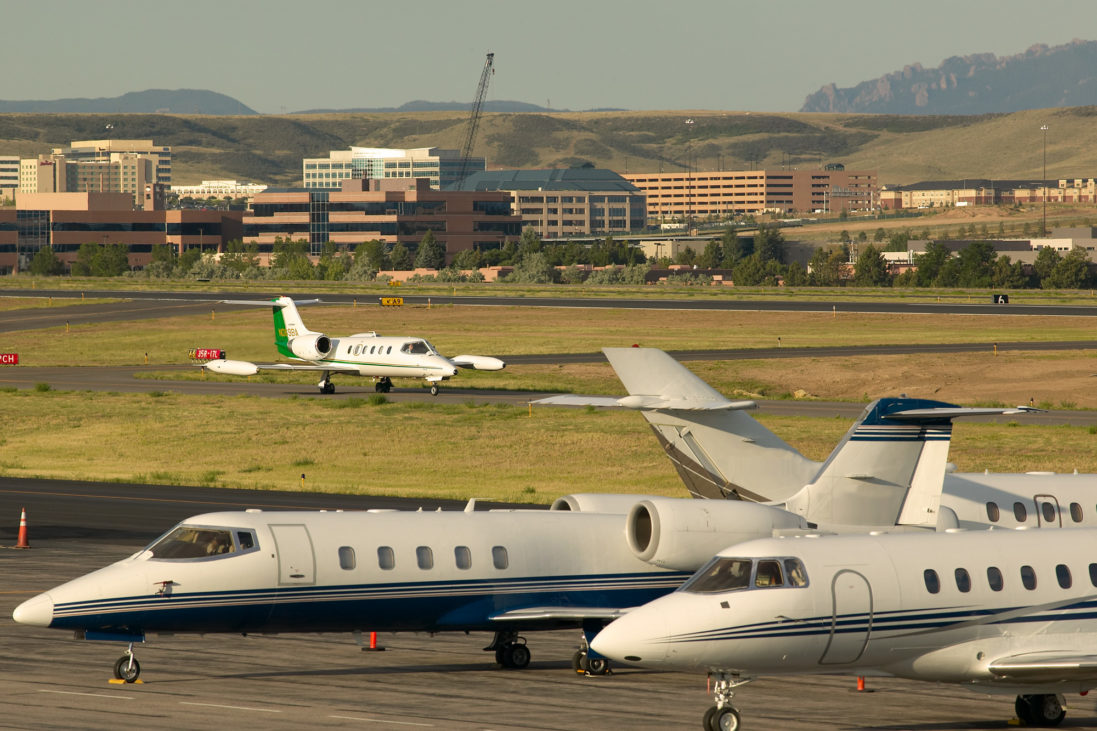
Effective aircraft noise management requires a collaborative effort between aircraft operators, airport operators and ATC. Minimizing noise impacts is in the best interest of all stakeholders. NBAA offers the following guidance for airports:
- Specific information should be developed by airport management and made available to pilots and controllers through publication of easily attainable flight manuals, NOTAMS, AIMS, letters to airmen, ATIS messages, charts and explanatory pamphlets. This information should include:
- Approach and departure paths over least noise-sensitive areas
- Preferential runway usages, if applicable
- Use of NBAA’s noise abatement best practices
- General map showing surrounding area and marking places of specific sensitivity, such as residential areas, schools and hospitals
- Airports should provide communities with data to demonstrate current and historic airport noise levels and highlight continued efforts by the airport and aviation industry to minimize noise impacts.
- Airport approach and takeoff paths should be designated on all official zoning maps. This should be done for all airports, existing or proposed, in order that land-use zoning, development and real estate activity are conducted with full awareness of the confines of such areas. Additionally, the land use permitted in these areas should be specified in zoning regulations and building codes in order to protect inhabitants.
- Airport management should investigate the optimal use of visual and electronic approach aids, which can aid noise abatement procedures at an airport. Improvements in both approach aids and runway facilities encourage aircraft to approach over the least noise-sensitive areas.
- Jet aircraft run-up areas should be developed for least noise disturbances to airport tenants and local communities. Blast fences, ground run-up enclosures, etc., should be provided and used where necessary.
- Airport management should evaluate the airport’s natural terrain and consider ways in which improvements to landscaping might improve noise conditions around the airport.
- Airport management should post signs in pilot information centers, as well as at conspicuous places along airfield entry points (e.g., walk-through and drive-through gates), the taxiways or runway areas, giving the pilots a last reminder that they are in a noise-sensitive area calling for use of noise abatement procedures.
- Airport management should develop education programs to inform pilots and air traffic controllers as to the need for and procedures associated with noise abatement and good community relations. A more thorough understanding by the pilots and the controllers as to what the procedures are, as well as the reasons behind them, is the key to success.
- Preferential runway use systems that are safe and do not unnecessarily restrict the flow of air traffic should be established at all airports having a need for them.


 International Business Aviation Council Ltd.
International Business Aviation Council Ltd.